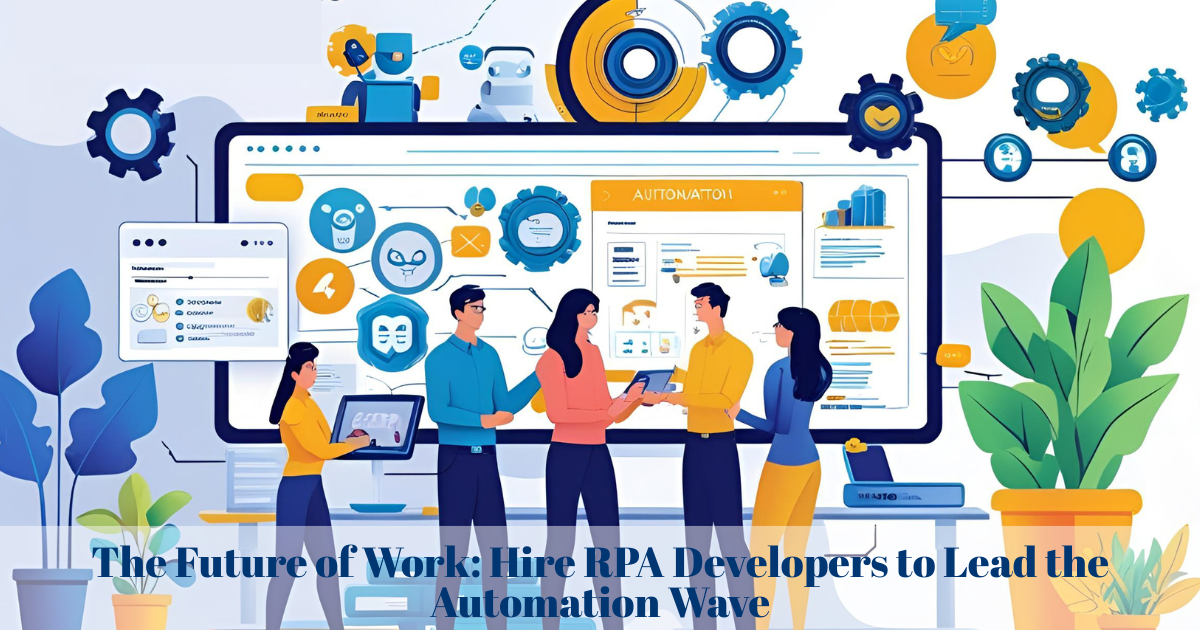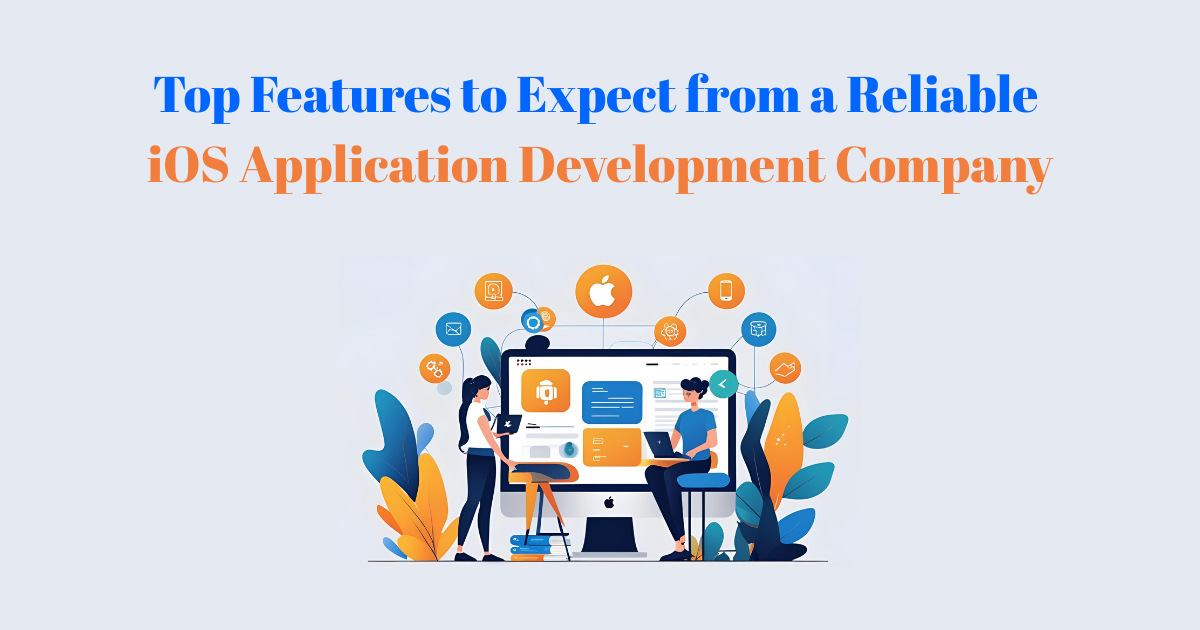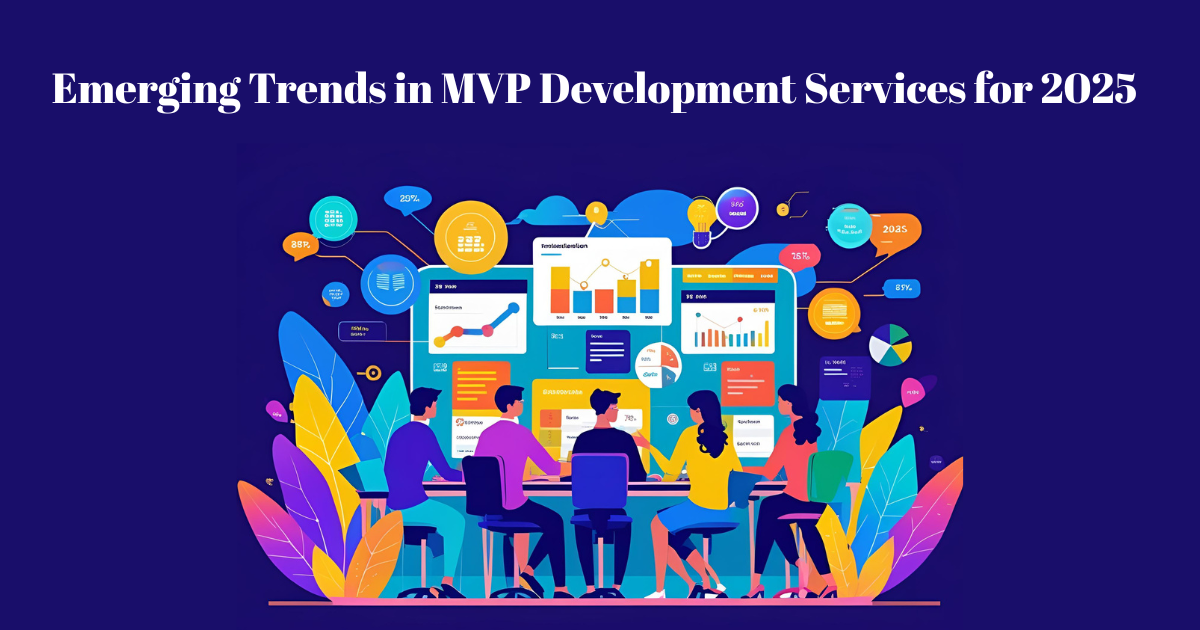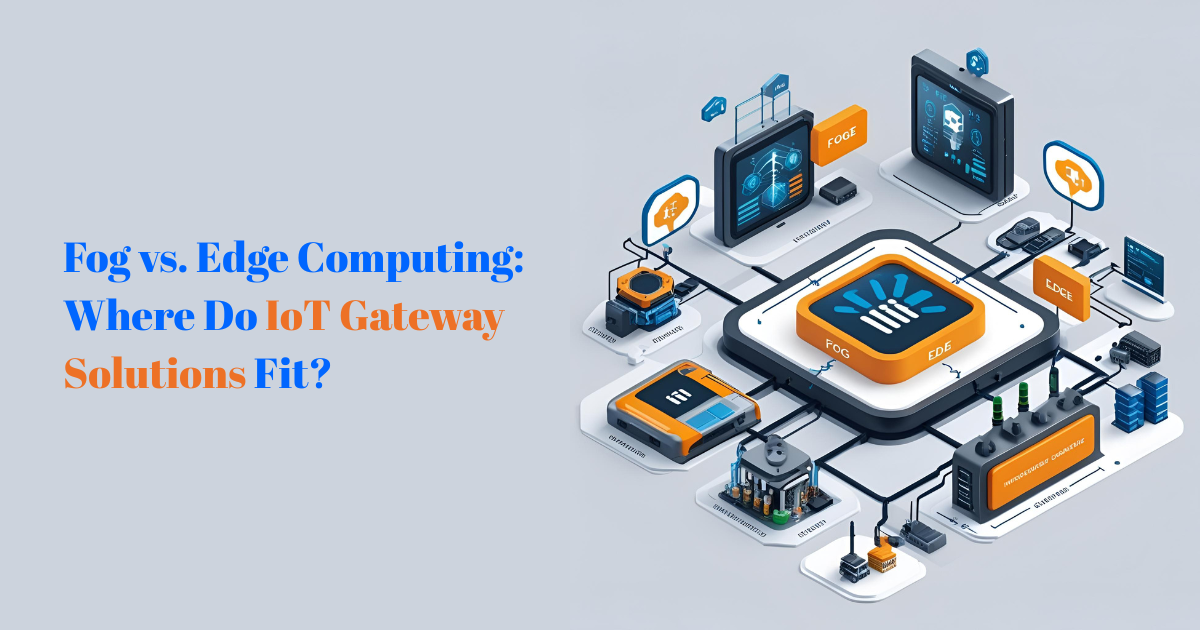Why IoT Gateway Solutions Are Critical for Digital Transformation in Manufacturing

The global manufacturing landscape is undergoing a seismic shift powered by Industry 4.0 technologies. Companies are adopting automation, artificial intelligence, and advanced analytics to achieve operational efficiency and strategic agility. But to make this transformation effective, there needs to be a solid data infrastructure in place. This is where IoT Gateway Solutions play a pivotal role.
Without robust IoT infrastructure, data from industrial equipment remains siloed, and real-time visibility becomes a challenge. IoT Gateways act as the foundation of connected manufacturing—bringing machines, sensors, and software systems together into one seamless ecosystem.
What Are IoT Gateway Solutions?
IoT Gateway Solutions are hardware or software intermediaries that serve as a bridge between the physical world of devices (edge) and the digital world of data platforms (cloud). They gather data from machines and sensors, process it locally if needed, and forward it securely to the cloud or enterprise systems.
Key Responsibilities:
- Device Communication: Connects various devices using multiple communication protocols.
- Data Aggregation & Preprocessing: Filters, cleanses, and transforms raw data before sending it upstream.
- Security Management: Adds a layer of protection through encryption, firewalls, and authentication.
- Edge Intelligence: Supports localized decision-making through edge computing and AI inference.
These gateways enable real-time data flow across production lines, assembly systems, inventory tracking units, and more, acting as the nervous system of a smart manufacturing setup.
The Role of IoT Gateway Solutions in Smart Manufacturing
In modern factories, machinery and equipment often use different communication standards and data formats. Some machines may use CAN or Modbus, while others may use OPC-UA, MQTT, or BACnet. The challenge is how to unify these systems and make the data usable at scale.
IoT Gateway Solutions solve this interoperability problem by converting different data protocols into a unified stream that can be analyzed and acted upon. These solutions make it possible to:
- Monitor machine health in real-time
- Synchronize production workflows
- Identify bottlenecks and inefficiencies
- Enable remote access and management
By doing so, IoT Gateways help manufacturers implement core principles of Industry 4.0 like predictive maintenance, real-time optimization, and digital twin modeling.
Key Benefits of Using IoT Gateway Solutions in Industrial Environments
Real-Time Visibility
IoT Gateways collect and transmit data in near real-time, providing visibility into operations, from the shop floor to the top floor. This enables proactive decision-making and fast response to anomalies.
Improved Equipment Uptime
With predictive analytics running at the edge, anomalies can be detected early. Machines can self-report maintenance needs, minimizing unexpected downtimes.
Enhanced Data Security
By acting as a firewall between vulnerable edge devices and the internet, IoT Gateways help enforce data security policies like encryption, access control, and data masking.
Cost-Efficiency
Gateways allow the integration of legacy systems into modern infrastructure, eliminating the need for expensive equipment upgrades. This dramatically reduces the CAPEX burden of digital transformation.
Decentralized Intelligence
With built-in edge computing, decisions don’t have to rely solely on cloud-based systems. Gateways allow local action based on pre-set logic or AI models, ensuring faster response times.
Real-World Use Cases of IoT Gateway Solutions in Manufacturing
Predictive Maintenance
A manufacturing plant uses IoT Gateway Solutions to monitor the vibration and temperature of industrial motors. The gateway processes this data locally and alerts the maintenance team if the readings exceed safety thresholds—avoiding costly breakdowns.
Energy Efficiency Monitoring
IoT Gateways track energy consumption patterns in real-time across machines. By identifying energy hogs or idle machines, manufacturers can optimize power usage and reduce electricity bills.
Quality Assurance
High-speed cameras on an assembly line feed image data to an AI model running on the IoT Gateway. The model flags any defects in real time, ensuring that only quality products move forward in the process.
Asset Tracking and Logistics
Gateways collect GPS and RFID data from moving assets like forklifts, pallets, or AGVs (Automated Guided Vehicles). This helps in streamlining logistics within large production facilities.
Challenges Addressed by IoT Gateways
| Challenge
|
How IoT Gateway Solutions Help
|
| Protocol Fragmentation
|
Convert and normalize data from Modbus, OPC-UA, LoRaWAN, etc.
|
| High Latency in Cloud Communication
|
Enable local decision-making via edge computing
|
| Data Security Vulnerabilities
|
Provide encryption, secure tunneling, and access management
|
| Lack of Centralized Insights
|
Aggregate and transmit data to cloud dashboards for analytics
|
| System Scalability
|
Modular gateway deployment across multiple production lines
|
Essential Features to Look for in IoT Gateway Solutions
If you’re considering deploying IoT Gateway Solutions in your facility, ensure that the solution includes:
- Multi-protocol support: Ability to communicate with devices using Modbus, CANbus, BACnet, Zigbee, BLE, and MQTT.
- Edge AI capabilities: Support for machine learning models and real-time inference.
- Secure boot and TPM: Hardware-level security for booting and encryption.
- Remote management: Centralized monitoring and over-the-air (OTA) firmware updates.
- Redundancy support: Dual SIM slots or fallback connections for uninterrupted connectivity.
- Industrial durability: Ruggedized casing for high-temperature, vibration-prone environments.
Future Trends and Innovations
5G-Enabled Gateways
The rollout of 5G is transforming IoT Gateway Solutions by reducing latency and increasing data throughput—ideal for use cases that demand real-time response.
AI and ML at the Edge
Advanced gateways are now being shipped with GPUs and AI chips for deep learning tasks like visual recognition, anomaly detection, and speech processing.
Edge-Cloud Collaboration
Hybrid architectures will become standard, with gateways performing edge analytics while syncing critical data to the cloud for historical analysis.
Enhanced Cybersecurity
With increasing threats targeting industrial networks, future gateways will come with zero-trust frameworks, identity-based access, and blockchain integration.
Conclusion
The manufacturing sector is under increasing pressure to evolve into smart, data-driven enterprises. This transformation is not possible without the seamless integration of data from machines, sensors, and enterprise systems. IoT Gateway Solutions act as the glue that binds this ecosystem together.
Whether it's protocol translation, real-time analytics, or secure cloud connectivity, IoT Gateways are indispensable for manufacturers looking to stay competitive in an increasingly digital world. By adopting scalable, intelligent, and secure gateway solutions, manufacturers can unlock true operational intelligence and digital maturity.
FAQs
1. What is an IoT Gateway in manufacturing?
An IoT Gateway is a device that connects industrial machines and sensors to cloud or enterprise systems, translating protocols and processing data in real-time.
2. How does an IoT Gateway enable predictive maintenance?
It collects machine health data like temperature and vibration, processes it at the edge, and alerts the maintenance team when anomalies are detected.
3. Do IoT Gateway Solutions support legacy equipment?
Yes, they allow integration of older machines by translating protocols like Modbus RTU or RS-485 into modern formats like MQTT or HTTP.
4. Are IoT Gateways secure?
Modern gateways come with security features like encrypted communication, secure boot, hardware firewalls, and remote authentication.
5. What’s the difference between an IoT Gateway and a router?
A router merely directs traffic between networks. An IoT Gateway performs protocol conversion, data preprocessing, edge analytics, and security filtering.
Note: IndiBlogHub features both user-submitted and editorial content. We do not verify third-party contributions. Read our Disclaimer and Privacy Policyfor details.







